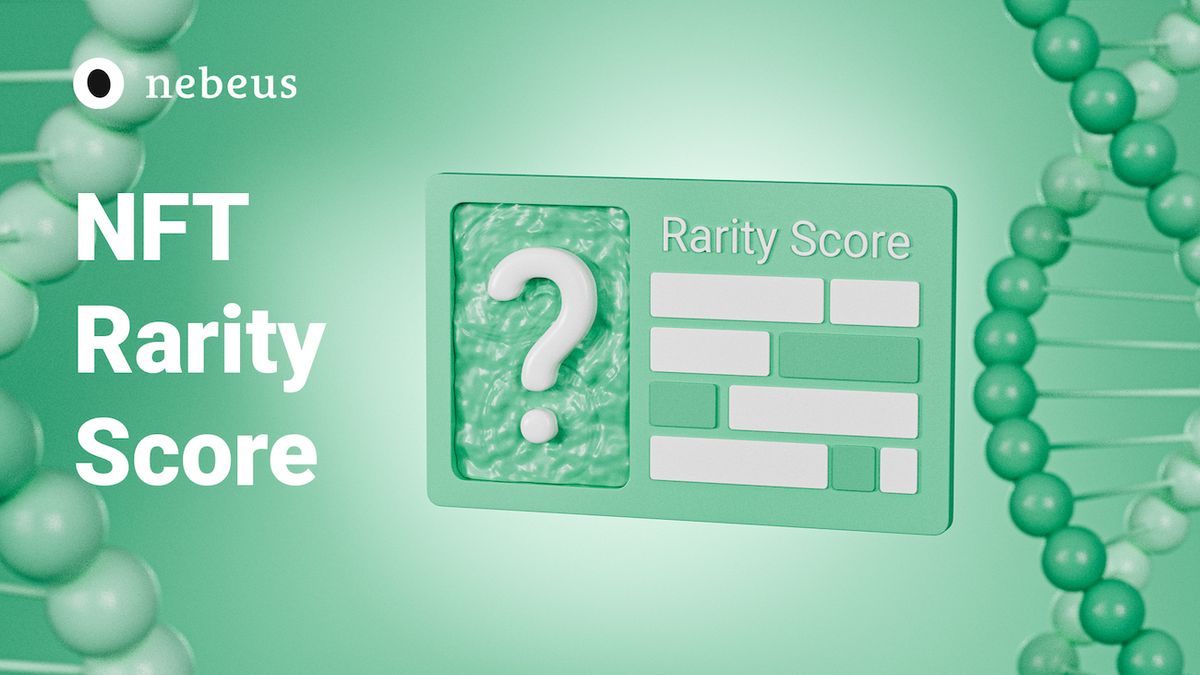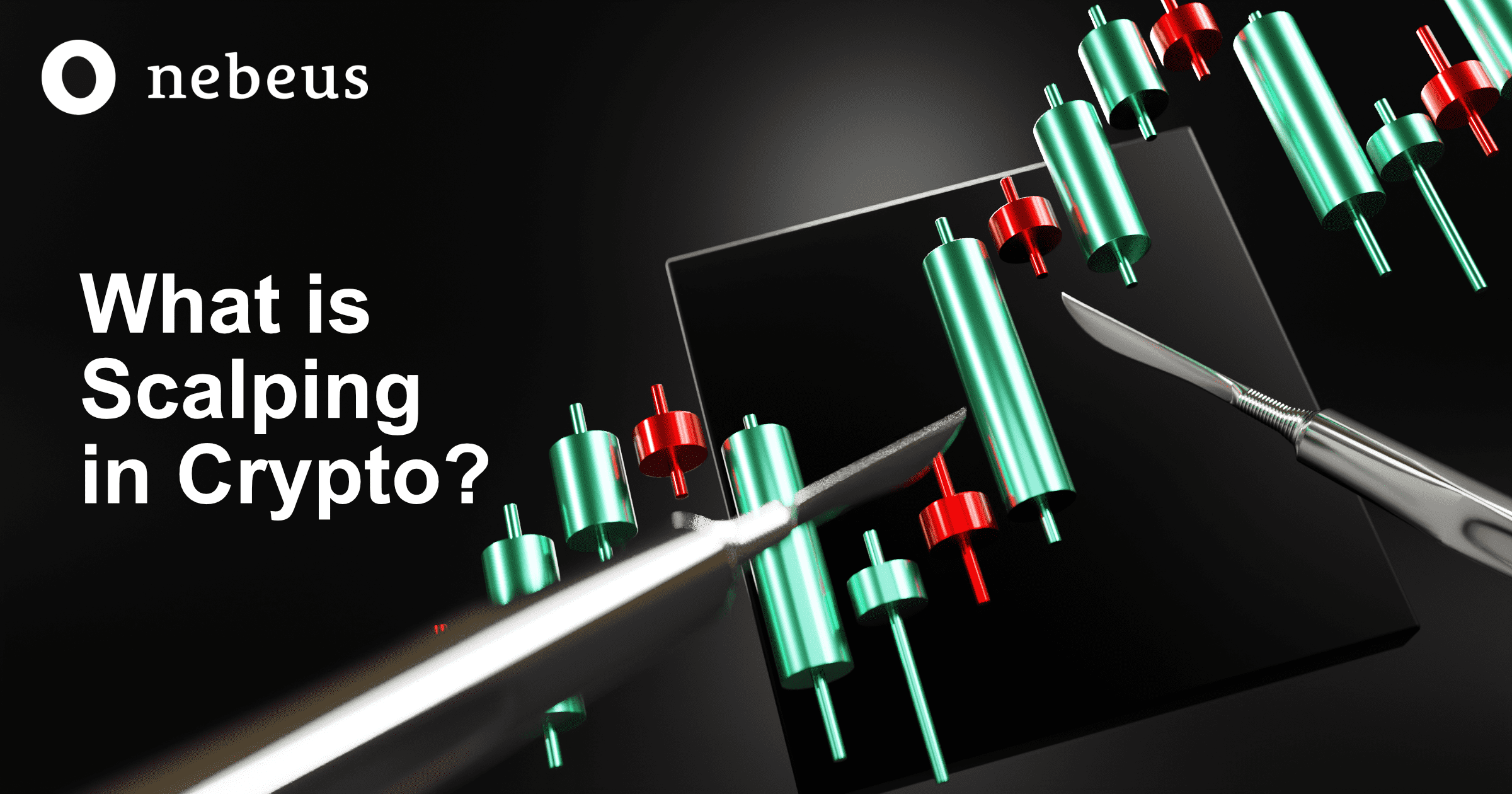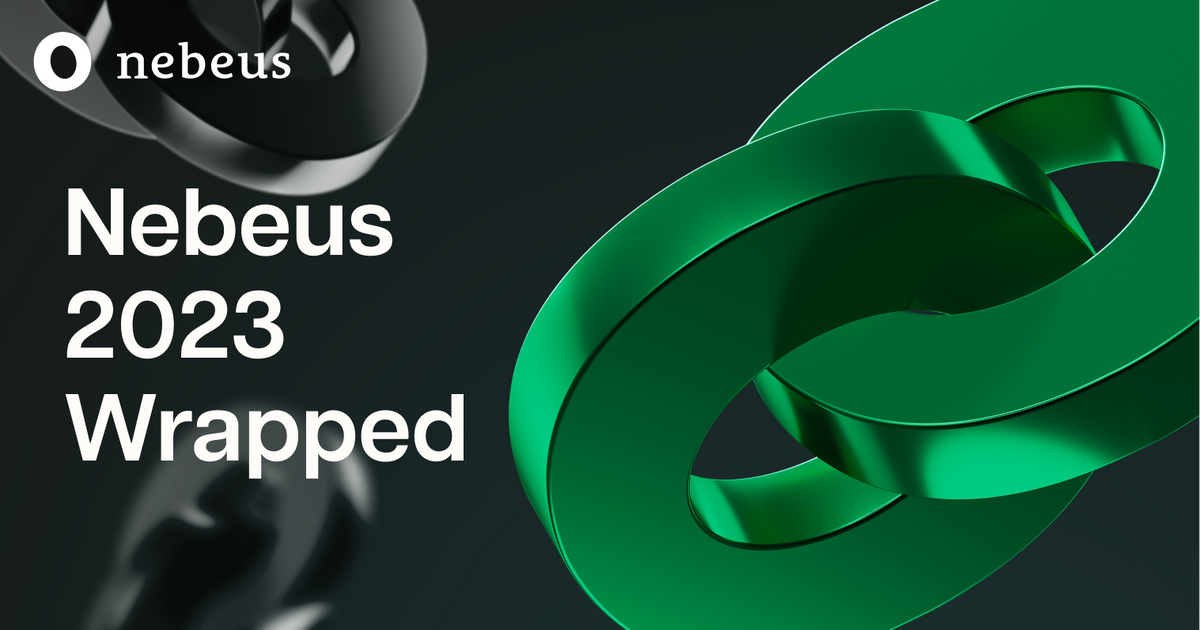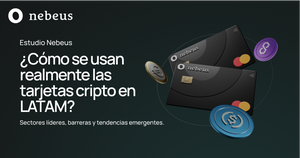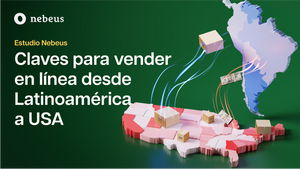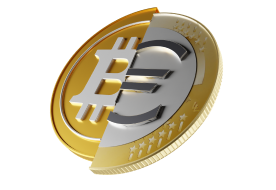NFTs are completely revolutionizing the world of digital ownership. Right now, more and more people are getting into NFTs and this is making it really hard for investors to find the right non fungible tokens to invest in.
The NFT craze exploded with no signs of slowing down, and everywhere you turn, discussions swirl around the Metaverse and NFTs, with fresh market trends emerging on a daily basis. This rapid evolution makes it incredibly challenging to stay abreast of the hottest NFTs.
If you're here, you might have also heard of NFTs selling for up to billions of dollars, which leads us to some questions: why are they so expensive? and what gives them their value?
Keep on reading, as we explain what the overall NFT rarity score is, how to calculate it, and also some essential tips on how to find the best.
What is an NFT rarity score?
An NFT rarity score is a metric used to assess the uniqueness or scarcity of specific attributes or traits within NFT collections. Basically, the rarity score gives each NFT a special rank based on trait rarity, meaning how one-of-a-kind an NFT is compared to others in the same collection.
The rarity scores zoom in on what makes non fungible tokens special —maybe it's the funky artwork or or even the dazzling colors. This compass in the expansive NFT marketplace, helps isolating the exceptional and rare traits that set an NFT apart from its counterparts, and therefore helping collectors quickly gauge the rarity of an specific NFT without needing to inspect each individual traits or attribute.
What is an NFT rarity checker?
A rarity checker is a tool used to inspect and identify the rarity of specific traits within an NFT, while the rarity score condenses this information into a single value or rating to represent the overall rarity of the NFT.
Within a particular collection, NFTs often have various traits, such as color, background, accessories, or other unique features that contribute to their rarity or scarcity.
These tools typically scan the metadata or attributes associated with an NFT and provide insights into how rare or unique a particular token is compared to others in the same series. They help collectors and investors understand the scarcity of an NFT, which can influence the NFT's worth within the marketplace. The rarity check can be used to assess which traits or combinations of traits are more or less common, potentially affecting the token's perceived value.
How to know if an NFT is rare?
This process involves a comprehensive analysis considering various factors that contribute to an NFT's uniqueness and potential value within the market. One critical aspect, as mentioned already, is evaluating the specific attributes or traits in order to calculate how rare an NFT is.
Here are several factors that contribute to determining the rarity of an NFT within a collection:
Attributes and Traits Impacting NFT Rarity:
NFT Score & Rarity Tools: The unique attributes of an NFT, including colors, and accessories, significantly influence its rarity score, gauged using specific rarity tools.
Consider for example a collection of 1,000 NFTs featuring digital avatars called "Galactic Explorers." Each avatar possesses distinct traits such as backgrounds, accessories like helmets or jetpacks, and varying colors for their space suits.
Average Trait Rarity: Analyzing the rarity of a trait in comparison to other NFTs determines its overall ranking within the collection.
Now imagine that among these NFTs one in particular stands out—a Galactic Explorer with a "Cosmic Nebula" background that only this specific avatar possesses. This exclusive trait significantly impacts the rarity score of this NFT.
- Rarest Traits: Identifying the scarcest traits or combinations thereof contributes to understanding the value a token holds.
Supply and Perception:
- Supply: The scarcity of certain traits and the total supply of NFTs influences the overall rarity score.
- Community Perception: Traits valued highly by NFT collectors often dictate the rarity of an NFT, impacting its perceived value in the marketplace.
Sales History and Market Trends:
- Market Behavior and Rarity: Observing past sales data aids in understanding how certain traits affect the rarity of an NFT. This analysis guides NFT collectors in assessing the rarity of an NFT's traits compared to others.
Creator's Influence and Blockchain Verification:
- Creator's Intent and Traits: Deliberate designation of traits by creators impacts the rarity ranking of an NFT, influencing its perceived value.
- Blockchain Verification of Traits: Verifying an NFT's traits through blockchain records ensures authenticity, providing insights into the rarity and uniqueness of the NFT.
These factors collectively define an NFT's rarity score, guiding collectors, investors, and enthusiasts in assessing its uniqueness and potential value in relation to other NFTs available on various platforms.
How to calculate NFT rarity rankings?
To know the rarity ranking of a particular NFT is essential in every way. For example, perhaps you're wondering: should I concentrate on monitoring the top trends or stick to the well-known classics? To truly capitalize on the NFT marketplaces, keeping tabs on the trending ones is crucial, but specially here is where the significance of NFT rarity ranking tools shines—they enable you to pinpoint those rare gems amidst the frenzy.
Determining the rarity of an NFT involves several methodologies, each employing different calculations:
Trait Rarity Rating:
Assigns the highest score to an NFT with the rarest trait within a collection.
For example: Imagine a set of 100 digital pet NFTs, each with various accessories. In this collection, there's a specific "Diamond Collar" accessory that only one NFT possesses. Among these NFTs, one also has a "Silver Tail" trait that no other NFT in the collection has. In this case, these particular NFTs have the 'rarest trait', both the Diamond Collar, and the unique Silver Tail would receive the highest trait rarity rating due to its combination of exceptionally rare and exclusive traits within this NFT collection.
Average Trait Rarity:
This method calculates an NFT's rarity by averaging the rarity scores of all its traits, with each expressed as a percentage. For instance, imagine again the NFT from the collection of digital pet illustrations. Now this NFT possesses three distinct and different traits: a 'Diamond Collar' (rarity score: 5%), a 'Golden Tag' (rarity score: 8%), and a 'Silver Tail' (rarity score: 15%). To determine the total rarity score, you'd sum these percentages (5% + 8% + 15% = 28%) and divide by the total number of traits (3), resulting in an average rarity score of approximately 9.33%. This average score represents the overall rarity of this unique token based on its traits within the NFT collection.
Statistical Rarity:
This method calculates rarity by multiplying the percentages of each trait linked to an NFT.
NFTs with lower resulting numbers within the collection, are considered rarer and therefore have a high rarity score.
Rarity Score:
This method, widely used and introduced by the founder of rarity.tools (a platform designed for analyzing the rarity of NFTs), focuses on assigning a rarity score to each specific trait.
The rarity score for an NFT is calculated by adding up the individual scores for each of its traits.
If rarity tools aren't available, manual calculation may be necessary using percentages displayed for each trait in an NFT. This information can then be processed through the above methods to determine rarity.
Some platforms such as Icy.tools, Rarity Sniper, and Rarity Sniffer are well-known choices for evaluating NFT rarity. They offer scores and rankings for individual NFTs in collections, helping users pinpoint the most prized tokens. Additionally, they often share comprehensive analyses on Discord channels, offering early insights into freshly created NFT collections before publishing detailed data on their own websites.
Factors that affect NFT rarity and value
Let's take the Bored Ape Yacht Club, as an intriguing example of how specific factors shape the rarity and trait value of an NFT.
Known as Bored Ape NFTs, this collection comprises 10,000 unique digital art pieces residing on the Ethereum blockchain. These quirky and rare NFTs gained massive attention, and went even viral as people humorously shared jokes and memes.
What set these NFTs apart were their individual traits and appearances, contributing significantly to their rarity scores and NFT rarity rankings. Each Bored Ape possessed a distinct look, enhancing their rarity and appeal among the community. Even though some people found them odd at first, the escalating buzz and fascination catapulted their NFT rarity scores within the NFT marketplace.
This example vividly demonstrates how uniqueness, community engagement, and a touch of humor can substantially impact NFT rarity and trait value, propelling the Bored Ape Yacht Club into the realm of the most popular NFT collections. Their unique traits, valued amid common traits, led to an upsurge in rarity rank and NFT scoring, showcasing the potential influence of community interest on the value of a cryptocurrency token within the NFT landscape.
5 best tools to check your NFT rarity score
Lately, the world of non-fungible tokens is teeming with NFT rarity tools, and although 'Rarity.tools' and 'Rarity Sniper' are two of the best-known platforms for NFT ranking, there are many others. These platforms are a game-changer, simplifying the task of figuring out how rare and valuable your NFTs are, no math required! Let's delve into the top five tools that have truly stood out in this landscape:
Rarity.tools:
Known for its comprehensive approach, Rarity.tools stands as a go-to platform for assessing NFTs within a collection. It offers detailed analyses of individual traits, presenting users with a thorough understanding of their NFTs' rarity.
Rarity Sniper:
This tool's forte lies in its meticulous analysis, providing scores and NFT rarity rankings for each token. Rarity Sniper empowers users to identify the most valuable NFTs based on their unique features.
Rarity Sniffer:
Rarity Sniffer also evaluates NFTs for their rarity but might focus on a broader analysis of collection based traits and attributes.
MoonRank:
A rising star among rarity tools, MoonRank showcases its prowess in evaluating NFT rarity scores. Its intuitive interface and robust analytics assist collectors and investors in understanding the unique characteristics of their digital assets.
Icy.tools:
Recognized for its comprehensive analysis, Icy.tools provides in-depth assessment for NFT collections. Users benefit from detailed insights into the rarity and potential value of their tokens.
Conclusion
In the ever-evolving world of NFTs, determining their rarity is an important aspect. Figuring this out involves assessing various traits, community perception, market trends, creator influence, and blockchain verification, including the token ID. This multifaceted analysis is crucial for ranking NFTs across different NFT platforms. NFT rarity tools serve as essential resources in this process, providing insights that help collectors and investors gauge the uniqueness and potential value of their digital assets within the dynamic NFT market.
You can sign up for a Nebeus account to pay across the world with your Nebeus Crypto Card.
La inversión en criptoactivos no está regulada, puede no ser adecuada para inversores minoristas y se puede perder la totalidad del monto invertido.


